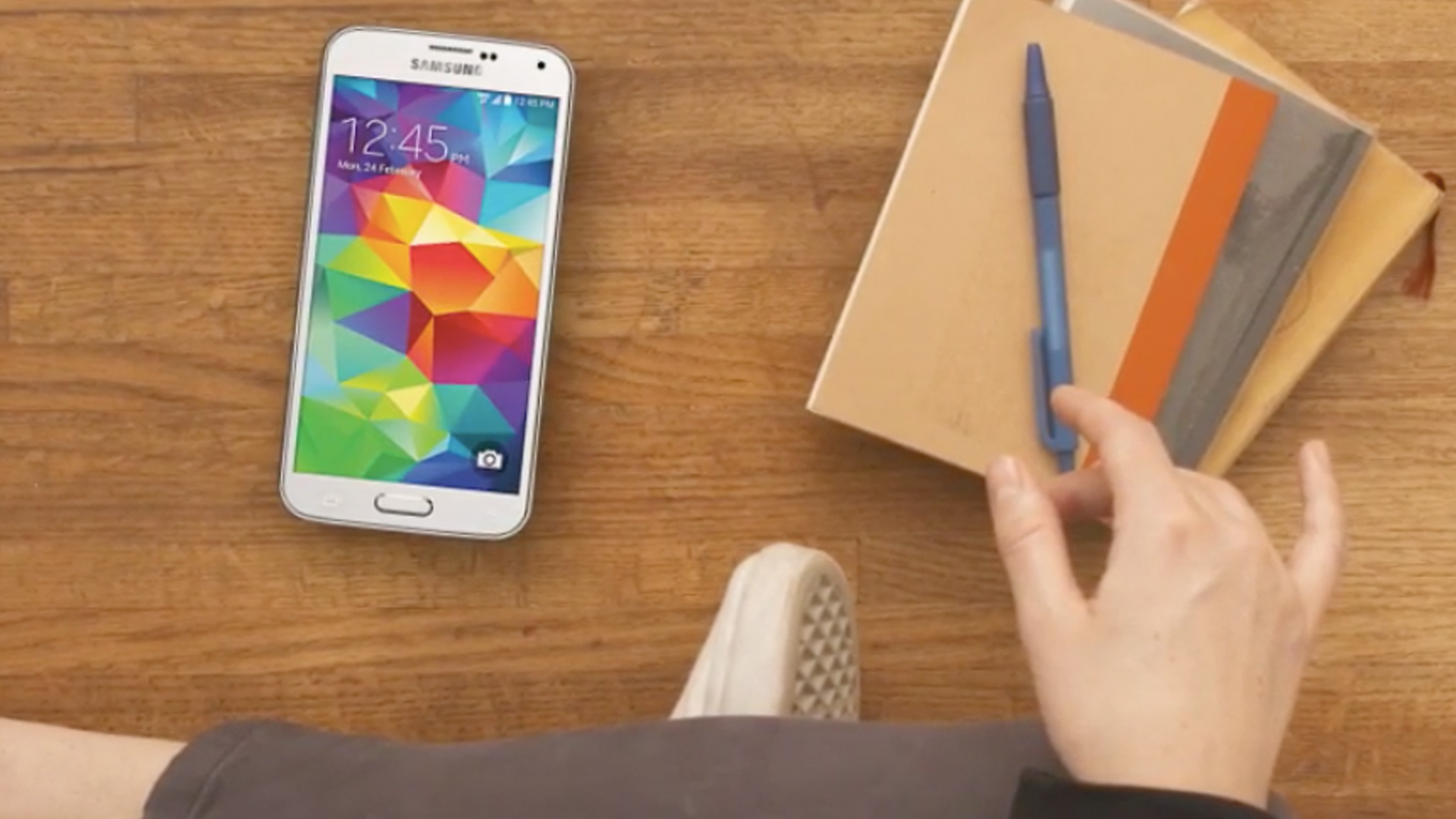In a recent conversation with an industry analyst, I was asked the question: “Do you find marketers are confused by what video is? My sense is that they don’t understand the difference between live video footage and motion graphics video.”
The reality is, when it comes to personalized video, any video assets can and should be utilized. Motion graphics inherently lends itself well for displaying content with data visualizations, which are a better education tool and are dynamically modified to show an individual customer her own information. But when a brand’s primary characteristic of its visual language is lifestyle imagery, how can live-action footage be as dynamic as motion graphics animation when it is traditionally filmed as one linear story?
Live-action footage has been a staple of the brand marketer’s advertising toolkit since the very first commercials aired on television in the 1940s, and its natural evolution to digital video cannot be ignored. It will not go away anytime soon, but the key is creating a combination of live action with motion graphics, and ensuring that the live-action footage used is optimized for personalized video storytelling.
When a brand’s primary characteristic of its visual language is lifestyle imagery, how can live-action footage be as dynamic as motion graphics animation when it is traditionally filmed as one linear story?
Our creative team has led the planning and production of customers’ SmartVideo programs that are heavily rooted in live-action video. Here are couple key components to consider when incorporating live-action footage into personalized videos.
How to frame live shots to be personal.
A strong benefit of choosing to use live action with actors is that is helps humanize the brand, and tell the brand’s story with a person at the center. Yet, this is also inherently a challenge of it: the actors themselves. There are no two like people, and there is very little likelihood a viewer sees himself in the actor’s place. It’s natural for human beings to feel quickly disconnected from video if they have difficulty relating to the on-screen actors, whether that’s due to differences in gender, race or lifestyle. I assume – and hope! – no brand has such an intimate level of personal data on its customers.
To combat this challenge of live-action video feeling impersonal, film the shots so that they allude to first-person perspectives and the viewer can feel like she is part of the experience as everything else she sees on screen. True person-first video storytelling. Below is an example of a storyboard sketch with a first-person perspective.

How to make live-action footage as dynamic as possible.
Determining which content can and cannot realistically be dynamic within the actual footage is key. Dynamic assets overlayed onto static footage – such as on-screen text and voiceover narration – is common in personalized videos today. But how can live-action footage become dynamic as well? Shooting countless versions of each live scene with varying details (such as different products) in order to have multiple versions of the same scene to switch out isn’t a scalable option. Proactively planning for a dynamic asset placeholder as part of the live-action shot makes each scene a composite for a seamless video experience.
For instance, the two scenes below include different mobile device products in the center. Rather than shooting both scenes as static assets, the device images are dynamic and pulled in from the brand’s product catalog feed, which also displays all of the device images on the brand’s website.


The personalized live-action footage experience.
The ability to change the layover text and graphics gives the brand the opportunity to include the same amount of dynamic content as before, and the use of both dynamic and static live-action footage adds another layer of personalization by placing the viewer into his own video story. This type of live action augmented with dynamic content and the first-person perspective allows the video to make an even deeper connection to the viewer than motion graphics alone.
With the rise of personalization in customer engagement, the need to use motion graphic animation due to its dynamic nature better suits the requirement for scalability.
Live-action footage has been a staple part of video-led customer engagement since the very first commercials ever aired on television. With the rise of personalization in customer engagement, the need to use motion graphic animation due to its dynamic nature better suits the requirement for scalability. And, maybe even, one day soon this style of personalized video with dynamic content and first-person perspective will meet virtual reality and they’ll converge to create fully-immersive and virtual personal customer experiences.
Testing new personalized video experience use cases with our customers is something that we at SundaySky are very enthusiastic about. Subscribe to the blog for updates on other new innovations!






![The SaaS Pulse Show [Podcast] featuring SundaySky CEO Marc Zionts](https://sundaysky.com/wp-content/uploads/2025/01/SaaS-Pulse-Show-png.webp)
![B2B Marketers on a Mission [Podcast]: How Video Uplevels Every Part of the Customer Journey](https://sundaysky.com/wp-content/uploads/2025/01/B2B-Marketers-on-a-Mission-png.webp)